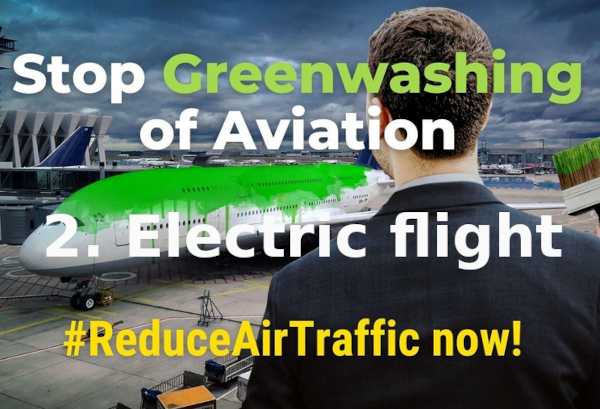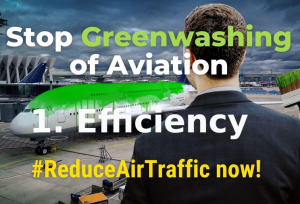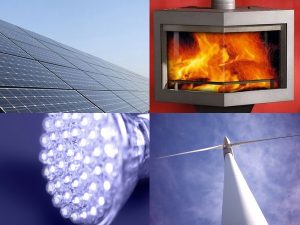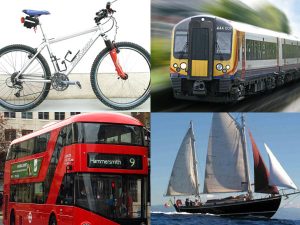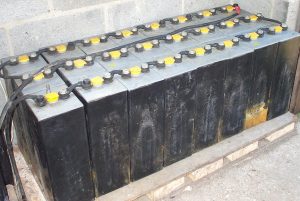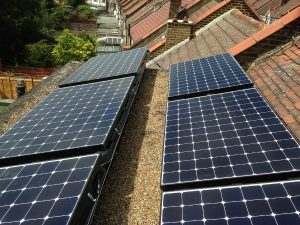Over five weeks we’re publishing a range of Stay Grounded factsheets about various kinds of techno-greenwashing provided by the aviation industry. Here we look at the promise of electric-powered flight.
Here’s the series:
- Efficiency improvements
- Electric flight
- Hydrogen-powered flight
- Biofuels
- Synthetic electro-fuels (e-fuels)
As climate demands are raised, the aviation sector is redoubling its greenwashing efforts, pointing to improbable technological step-changes for ‘greener’ flights. The global Stay Grounded network, together with other civil society organisations, warns that trusting yet-to-be-developed technology to reduce climate pollution is extremely risky, and instead demands that immediate action be taken now to prevent expansion of the aviation sector and associated emissions growth.
“The aviation industry is trying everything to legitimise its plan to jump straight back to pre-Covid growth rates. With their greenwashing agenda, lobbyists are successfully diverting attention from the paramount need to reduce flights”, explains Magdalena Heuwieser, spokesperson at Stay Grounded.
Electric flight
Electric aircraft propulsion systems typically involve aircraft propulsors (propellor or fan blades) that are driven by electric motors. In “fully-electric” aircraft, these motors are powered by electrical energy provided directly from batteries or hydrogen fuel cells (see Fact Sheet 3). In “hybrid-electric” aircraft, these electric motors act in series, or parallel, with a combustion engine powered by jet fuel.
| WHAT THE AVIATION INDUSTRY TELLS YOU | WHAT THEY DON’T TELL YOU |
| Electric aircraft will be “zero emissions”. | Electric aircraft will NOT be “zero emissions” until the electric grid is fully decarbonised. |
| Electric flight is an efficient mode of transport. | Electric flight is NOT efficient compared to public transport on the ground (rail, coach). |
| Their contribution to decarbonising aviation will be significant. | Any contribution to decarbonising aviation will be severely limited by range and payload. |
| They will be available soon. | The only aircraft likely to be certified this decade will be very small and we won’t see larger aircraft before 2050, too late to prevent climate breakdown. |
Electric aircraft will NOT be “zero emissions” any time soon
“Fully-electric” aircraft are powered by batteries, and if the batteries are charged using only renewable electricity, the aircraft operation can be considered “zero emissions”. However, we are a long-way from decarbonising electricity generation, and adding additional load from other energy-intensive activities, will make it harder to move away from fossil fuels. Also, manufacturing the vehicles and batteries has significant social and environmental impacts, due to mining the necessary materials such as lithium and cobalt and producing the components. As such, even “fully-electric” aircraft cannot yet be considered “zero emissions”.
“Hybrid-electric” aircraft burn jet fuel, and so still produce CO2 and other greenhouse gas emissions during operation. They are therefore not “zero emissions”. These hybrid-electric systems unlock potential new aircraft and engine architectures, such as “distributed propulsion” which could provide aircraft-level aerodynamic improvements, although such improvements can often be negated by the additional complexity of designs.
Electric flight is NOT efficient
Flying is a fundamentally inefficient mode of transport and difficult to electrify. It should not be favoured over more efficient ground transport options that are easier to electrify. This is because aircraft use large amounts of power to take-off and climb and are more sensitive to the weight of batteries and electrical systems. Where infrastructure allows: lower energy- and emissions- intensive ground-based public transport options such as rail, coach, or ferry services should be favoured at the short distances where electric aircraft are viable.
There are a large number of relatively small start-up companies attempting to develop and certify electric aircraft over the next decade. Many of the concepts receiving early investment are electric Vertical Take-Off & Landing (eVTOL) aircraft. These aircraft are designed to take-off and land on helicopter pads or short runways, in order to enable versatility of operation from a range of locations. However, these aircraft are even more inefficient than conventional fixed-wing electric aircraft, as they have higher take-off and landing power requirements and higher weight and drag during the rest of the flight. They should not be considered a positive environmental development.

Decarbonisation will be severely limited by aircraft range and payload
Current batteries and electrical systems are far too heavy to displace most jet fuel and combustion engines.
The Chief Technology Officer of Airbus has stated that “even assuming huge advances in battery technology, with batteries that are 30 times more efficient and ‘energy-dense’ than they are today, it would only be possible to fly an A320 airliner for a fifth of its range with just half of its payload”. It is therefore not foreseeable that this type of aircraft which is the most common in airports for short-haul flights could become electric in the short or even medium term. Only very small, short-range aircraft will be electric. This is reflected by the fact that most companies attempting to certify electric aircraft during the 2020s are developing aircraft carrying less than 10 passengers which do not fit the current configuration of most airports. In addition, unlike a fuel tank where the weight decreases as fuel is burned during the flight, a battery does not become lighter during the trip. These issues further impact the payload and range capability of the aircraft.
Currently this means that electric aircraft will only be viable for short flights under 1,000 km by 2050 which account for only 17% of aviation CO2 emissions. However, the scope to decarbonise overall aviation emissions is even more limited because, although electric aircraft can be justified for some niche cases in regions where ground transport options are poor, everywhere else short flights can be substituted by more efficient train, coach or ferry services.

Large electric aircraft won’t be here soon
Improvements in the weight of battery technology will not overcome their disadvantages any time soon. The Chief Technology Officer of United Technologies declares:
“Unless there is some radical, yet-to-be invented paradigm shift in energy storage, we are going to rely on hydrocarbon fuels for the foreseeable future”. In its recent “Net Zero by 2050” report, the International Energy Agency (IEA) sees the adoption of commercial battery electric and hydrogen aircraft from 2035, but expects that these aircraft would account for less than 2% of global aviation energy consumption in 2050. Hence, we should not allow the talk of electric flight to distract us from the priority of reducing aviation emissions today.

